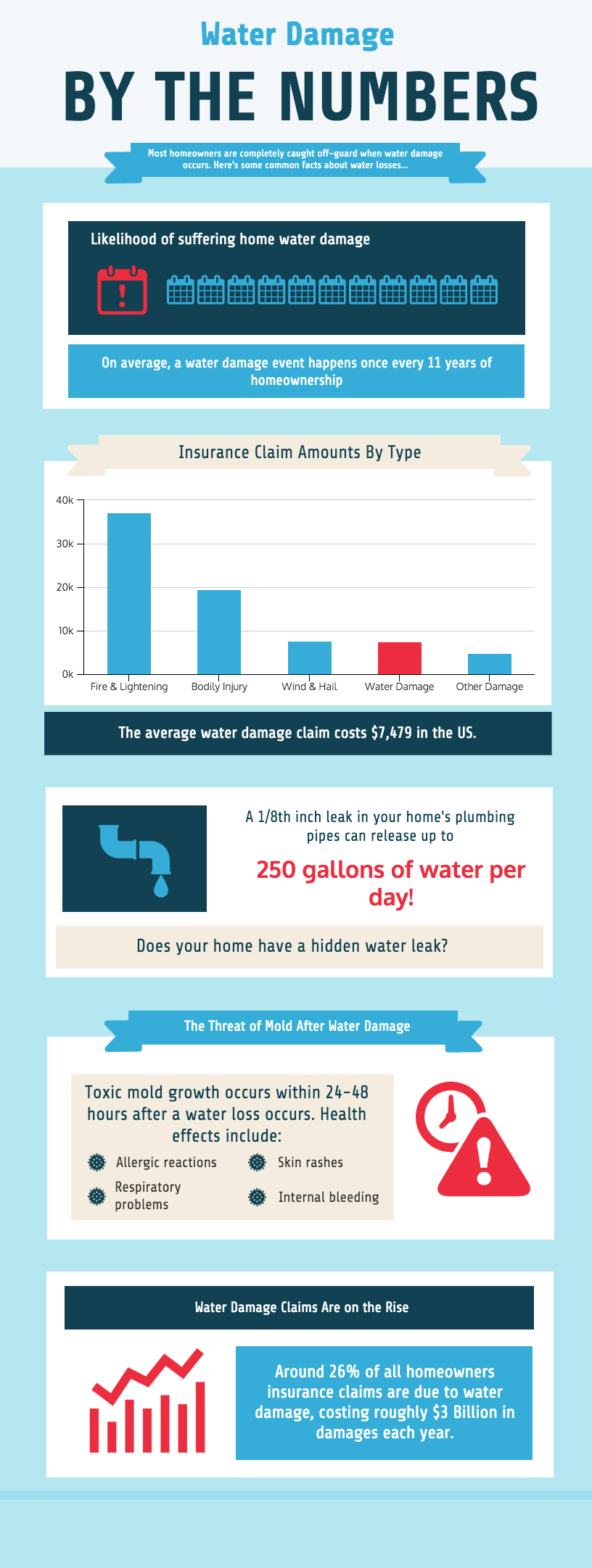When thinking about the costs of solar installation, you could question the in advance financial investment required and whether it straightens with the prospective lasting benefits. Recognizing https://www.hawaiinewsnow.com/2022/09/24/they-abandoned-me-homeowner-says-tesla-never-finished-solar-power-system-after-4-years/ and outs of these costs and the numerous elements influencing the total return can shed light on the worth proposition of transitioning to solar energy. By reviewing both the initial configuration expenses and the forecasted savings gradually, you can get understanding right into whether the investment in solar installment holds assurance for your economic future.
Initial Arrangement Costs
When taking into consideration the prices of solar installment, the initial setup costs play an important function in your decision-making procedure. These in advance costs consist of the price of solar panels, inverters, placing devices, and installment labor.
The cost of solar panels can differ depending on the brand name, efficiency, and dimension you pick. Inverters are necessary for converting the sunlight's energy right into usable electrical energy and be available in different types such as string inverters, microinverters, and power optimizers, each with its very own cost implications.
Installing devices, such as shelfs and rails, is needed to firmly mount photovoltaic panels on your roof covering or residential property.
The setup labor price covers the professional setup of the solar system, making sure that every little thing is established appropriately and efficiently. Remember that while these preliminary arrangement expenses might seem high, there are typically refunds, tax motivations, and funding choices available to aid offset the prices and make solar installment extra economical in the long run.
Long-Term Savings Analysis
To understand the monetary benefits of solar setup in time, it's important to carry out a detailed lasting cost savings analysis. While the initial configuration expenditures of photovoltaic panels might seem difficult, the long-lasting savings can surpass these costs dramatically. By utilizing the power of the sun to create electrical power for your home, you can potentially conserve countless dollars on your utility bills over the lifespan of your solar system.
One of the essential factors to think about in a long-term cost savings evaluation is the reduction in your electricity costs. With photovoltaic panels, you can produce your electrical power, lowering or perhaps removing your reliance on the grid. This can cause considerable cost savings, specifically as energy prices continue to rise.
In addition, lots of governments offer rewards such as tax credit scores and rebates for setting up solar panels, further improving your long-lasting savings. By capitalizing on these incentives and maximizing your solar power production, you can delight in significant monetary advantages for years to find.
Return on Investment Estimation
Thinking about the economic benefits of solar installation, it's time to examine the Return on Investment (ROI) computation. Figuring out the ROI includes contrasting the overall expenses of mounting a planetary system with the monetary benefits it produces over its life expectancy.
To determine ROI, split the internet benefit from the system by the complete investment price and increase by 100 to obtain a percentage. The ROI formula is: (Internet Profit/ Total Amount Financial Investment Expense) x 100.
As an example, if the complete cost of setting up a solar system is $20,000, and over its lifespan, it creates savings and incomes amounting to $30,000, the internet revenue would certainly be $10,000. Dividing this by the total investment expense of $20,000 gives a proportion of 0.5. Increasing this by 100 provides an ROI of 50%.
Generally, look at this now indicates a more monetarily fulfilling financial investment. Variables like federal government incentives, upkeep prices, and power price variations can impact the ROI of solar installations. Recognizing the ROI aids in evaluating whether buying solar energy is worth it over time.
Conclusion
Finally, recognizing the prices of solar setup is vital for identifying if it is worth the financial investment. By taking into consideration first arrangement expenses, carrying out a lasting savings evaluation, and determining the roi, you can make an informed decision about the monetary value of solar power. With the potential for minimized utility costs and raised energy self-reliance, purchasing solar setup can be a clever choice for both your budget and the atmosphere.
